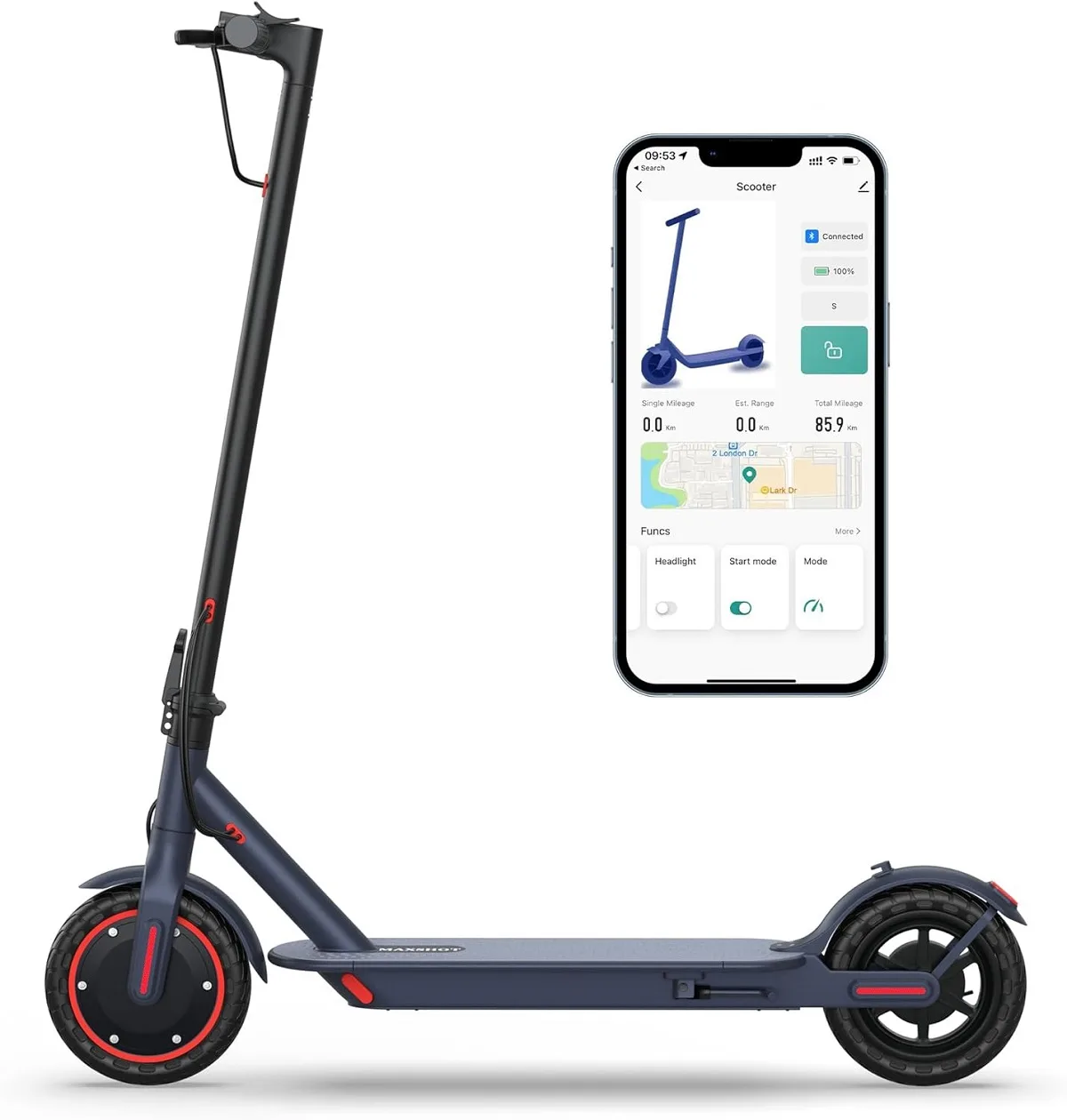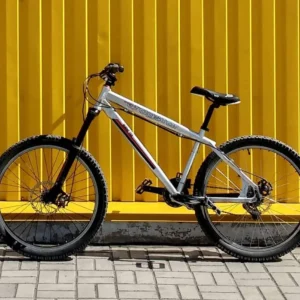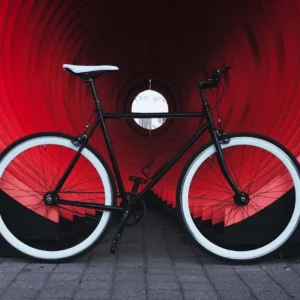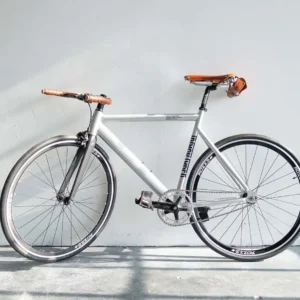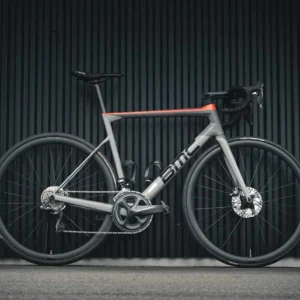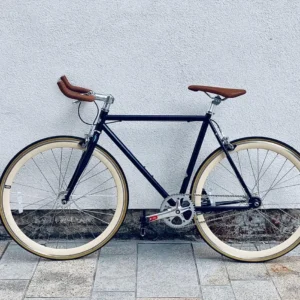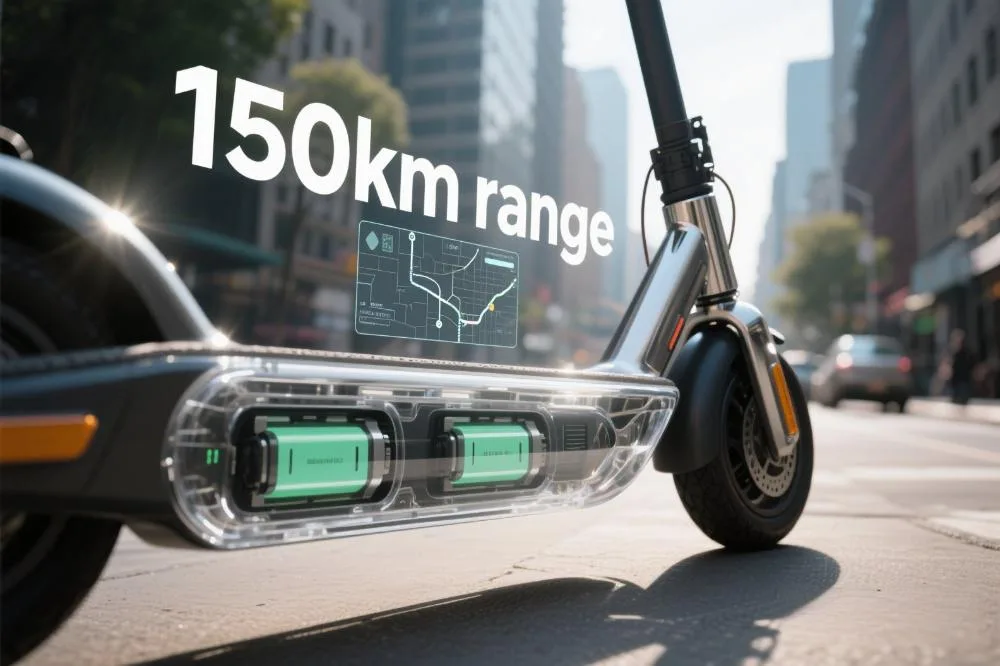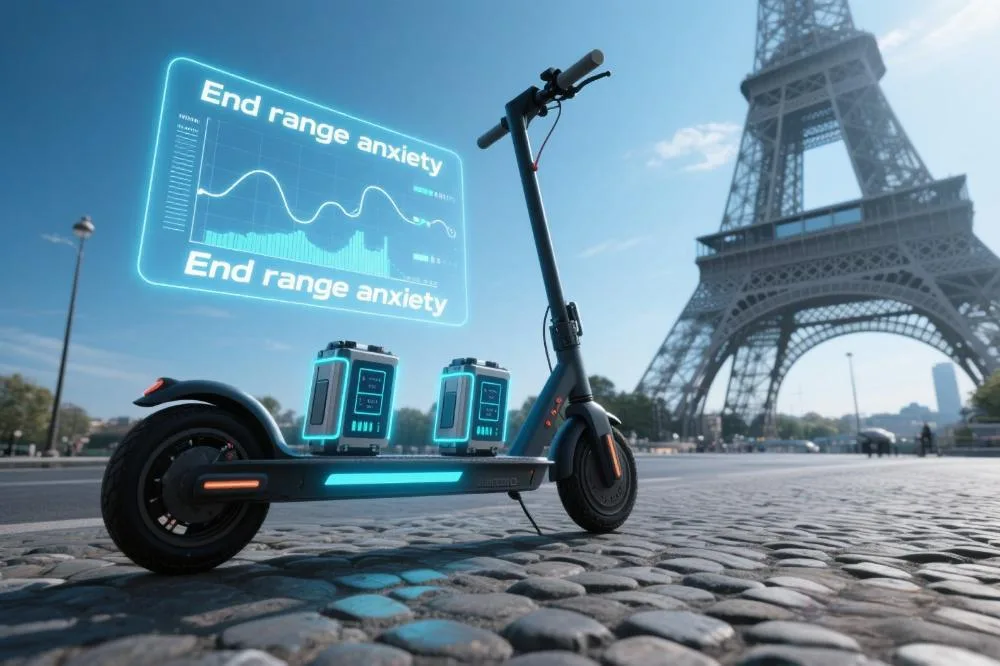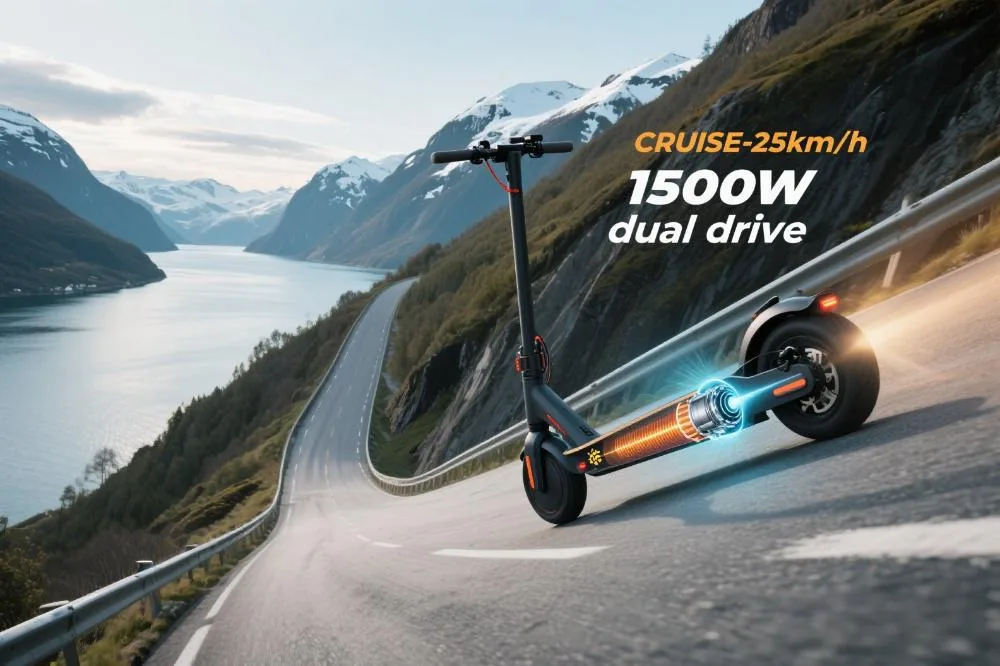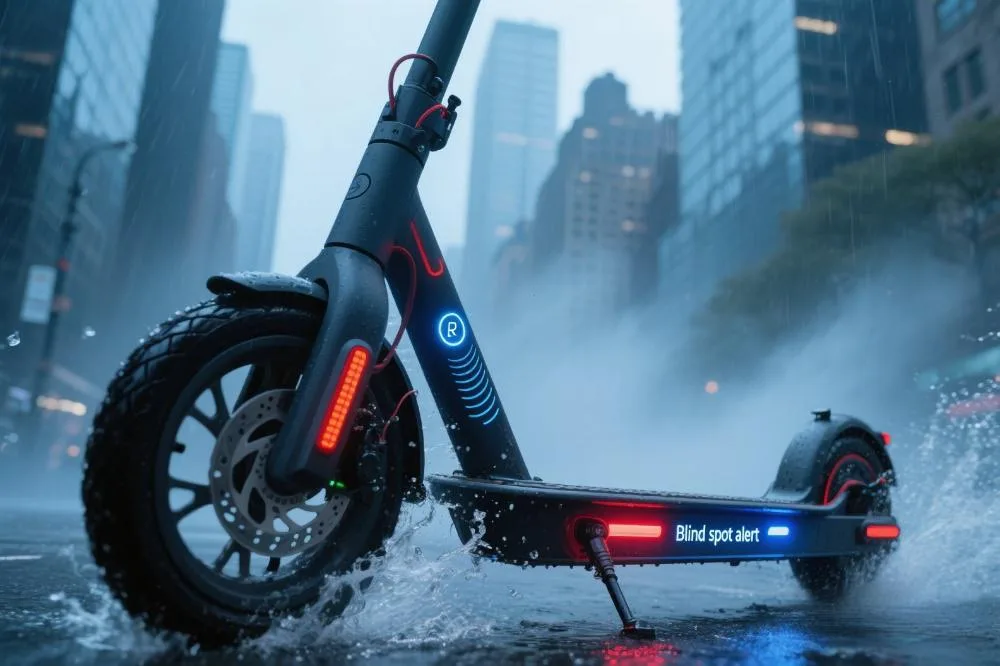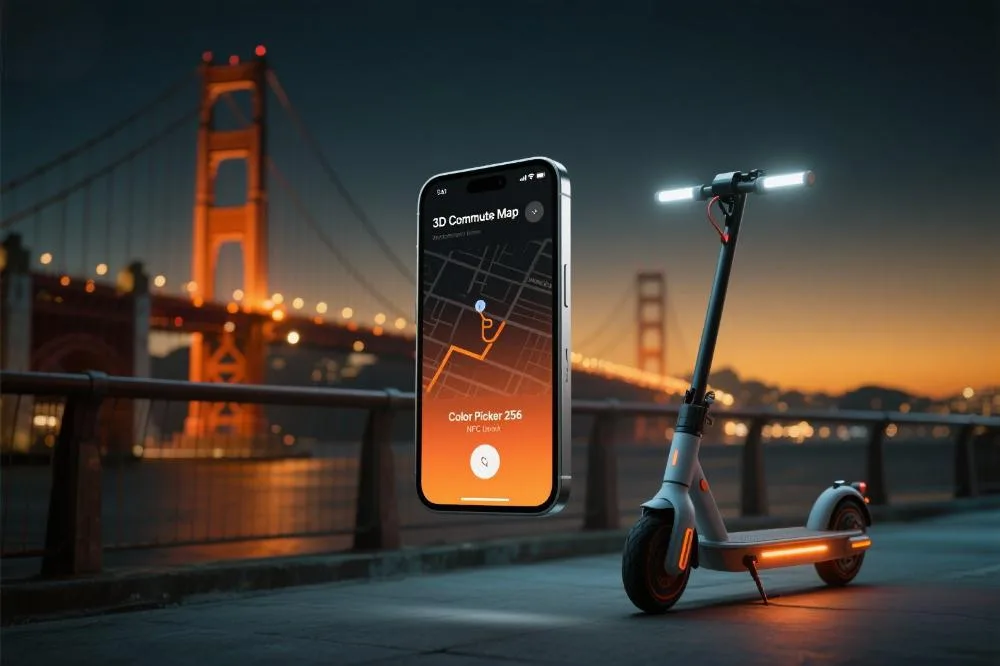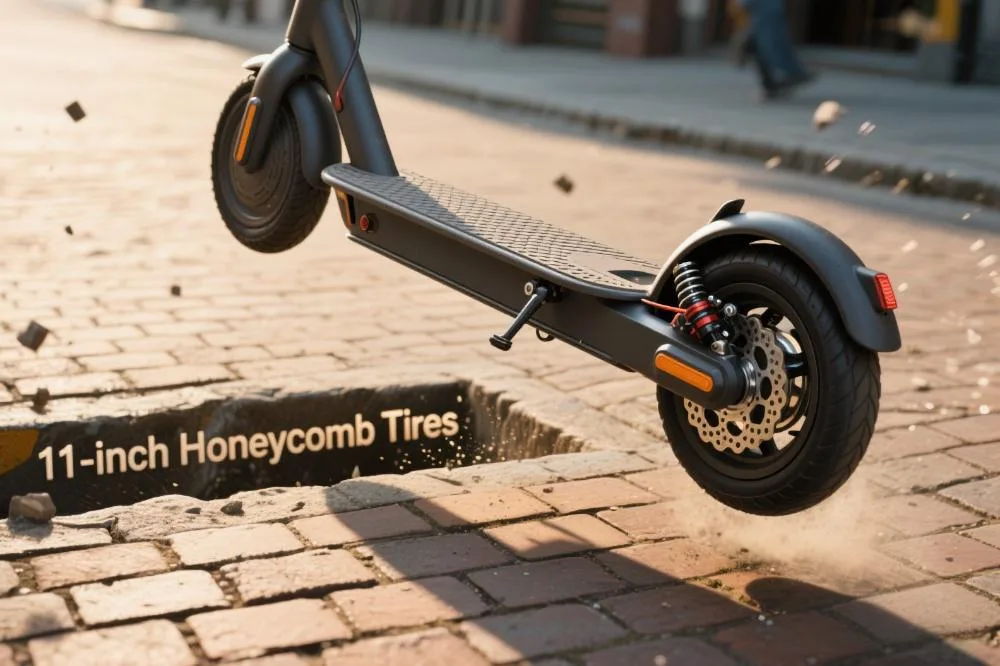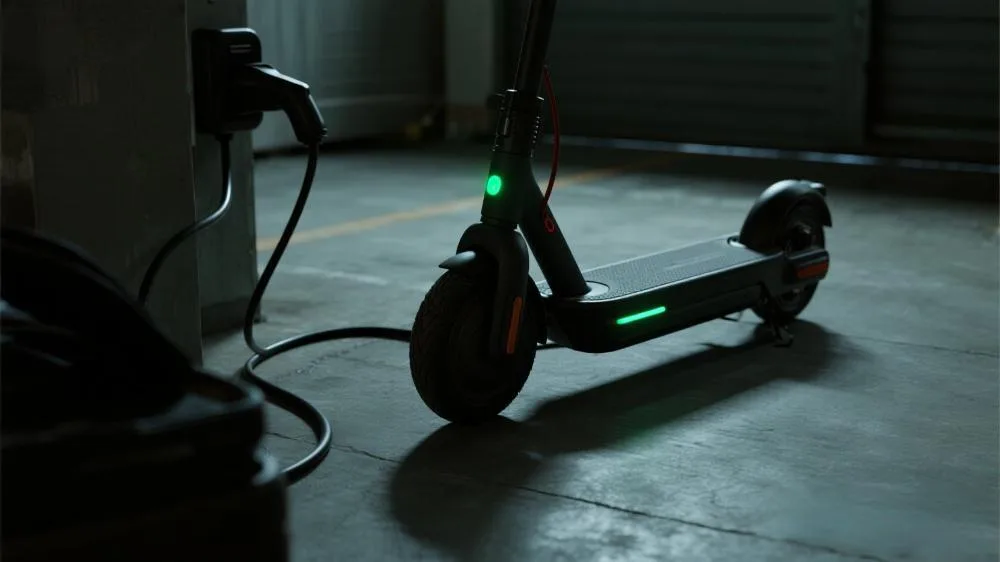
E-Scooter
Electric scooter with explosive dynamics
$1,920
Our Products
Best seller products
this week
Chosen by : 3s folding | 30km range | Dual-traction control
-
Marin Team Marin 2
Original price was: ¥1,240.00.¥1,149.00Current price is: ¥1,149.00. -
Orbea Alma Bike
Original price was: ¥1,390.00.¥1,240.00Current price is: ¥1,240.00. -
Niner Air 2-star Bike
¥790.00 -
Specialized Tero Bike
¥790.00 -
Niner Air Rdo 3-star Bike
¥1,990.00 -
Santa Cruz Bike
¥990.00 -
Batch The Mountain 27.5
¥885.00 -
Marin Eldrige Grade
¥1,240.00
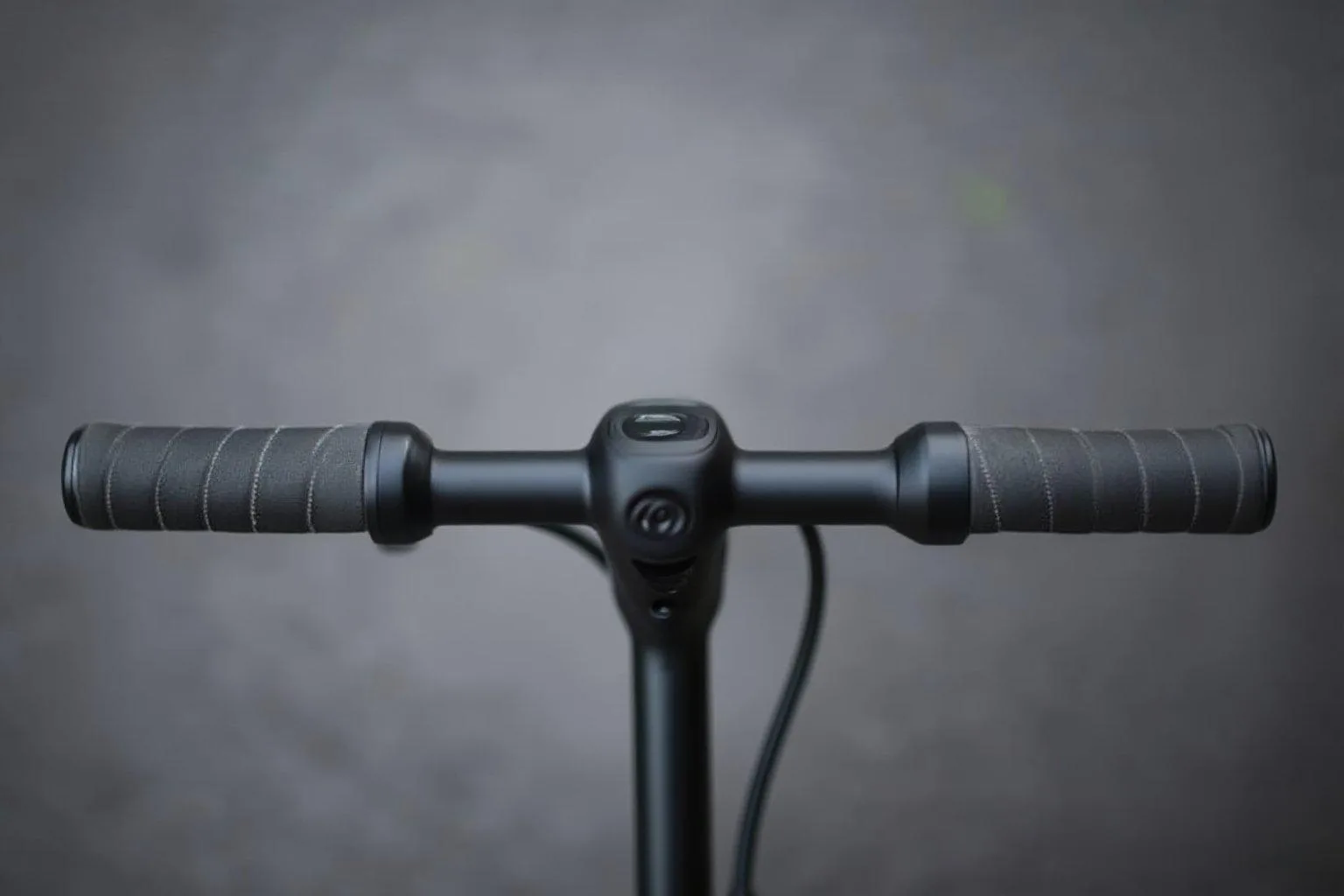

Shop Now & Enjoy All Discounts on Electric Scooters!
Best Offer
Glide Farther · Spend Less
Fold & Go, Unlock Your City with E-Scooters
200KG
Bearing
Aluminium alloy
Material
12KG
Weight
150-190CM
Rider Height
1,999+
Happy Customers
88+
Available Items
Effortless Glide, Unstoppable Freedom
7.8kg Carbon Frame | 40km Range | City Explorer
My game-changer in Chicago! Folds to ¼ subway seat size (3s quick-fix), cruising 40km from Lincoln Park to UChicago campus daily. Dual brakes bite rain-soaked streets like rails. No more 12-min parking hunts—my commute clocked exactly 18 minutes every day.

Mary Boyles
Chicago, IL
Our Gallery
The Perfect Blend of Convenience, Efficiency, and Joy
Redefining Urban Mobility with Compact Ingenuity: Closing the Loop on Eco-Commuting with Minimal Cost

SALE UP TO 30%
Deal Of The Week
Fold into the Future, Ride Beyond Limits! Lock Year’s Lowest Price Now — Next year!
$1,290
Latest News
Most Popular Post
Latest & Hottest Electric Scooter News and Guides, All at Novascooter
Safe Driving
Maximum Speed ≤ 30 km/h
Net Weight
Ultra-Lightweight Body 12.1gG
Charging Time
2–3 Hours Fast Charge


